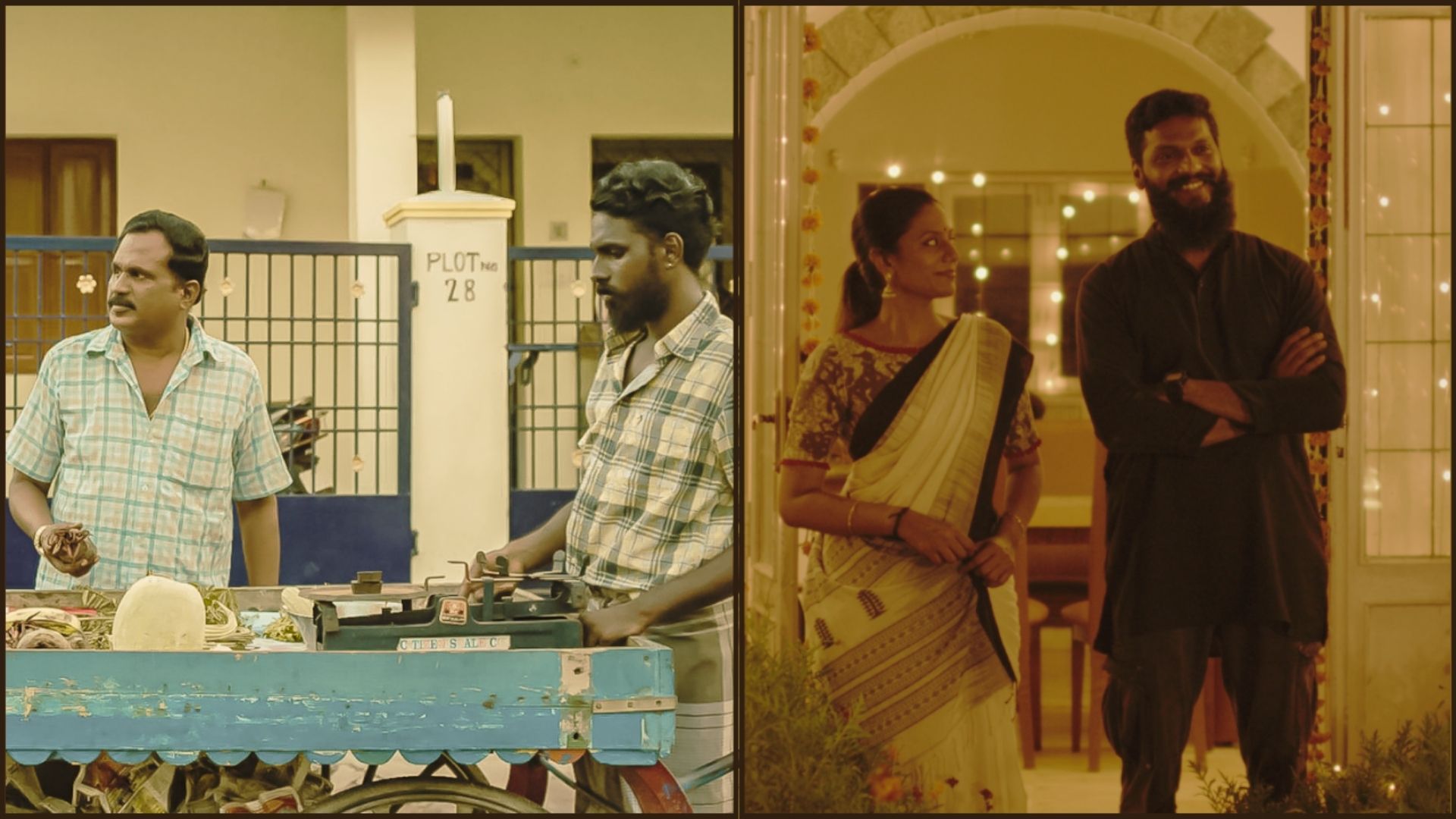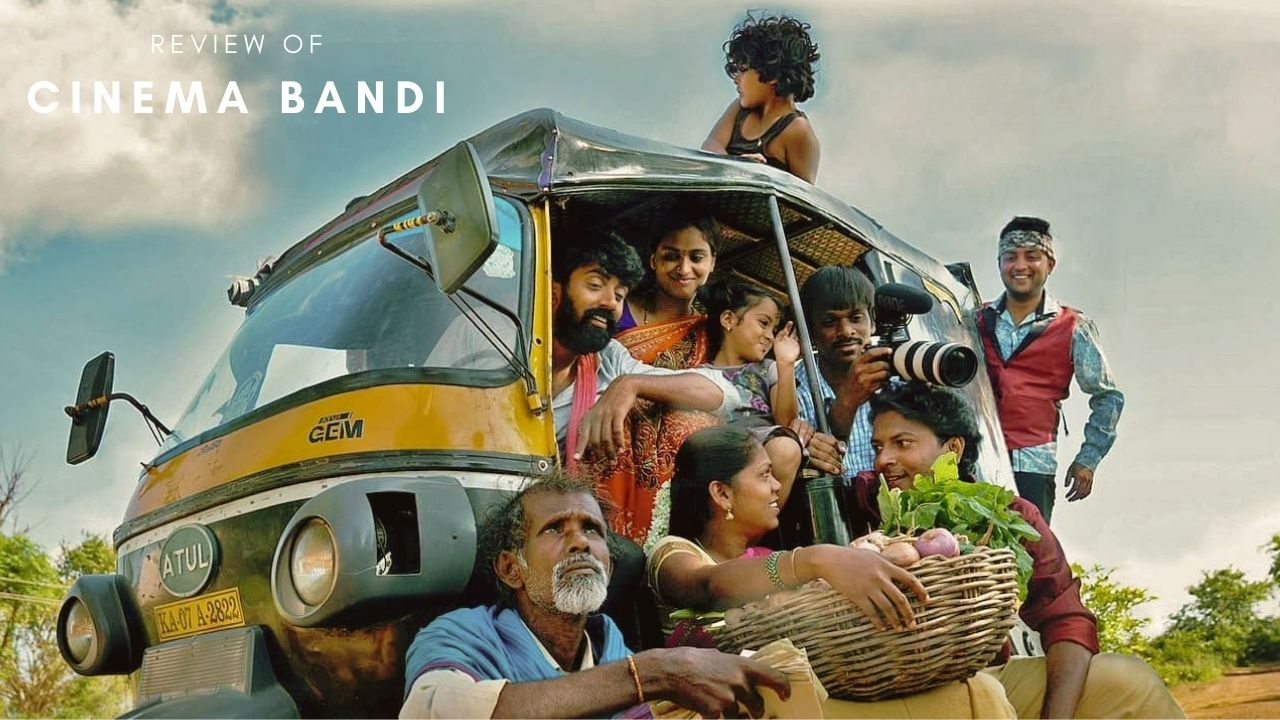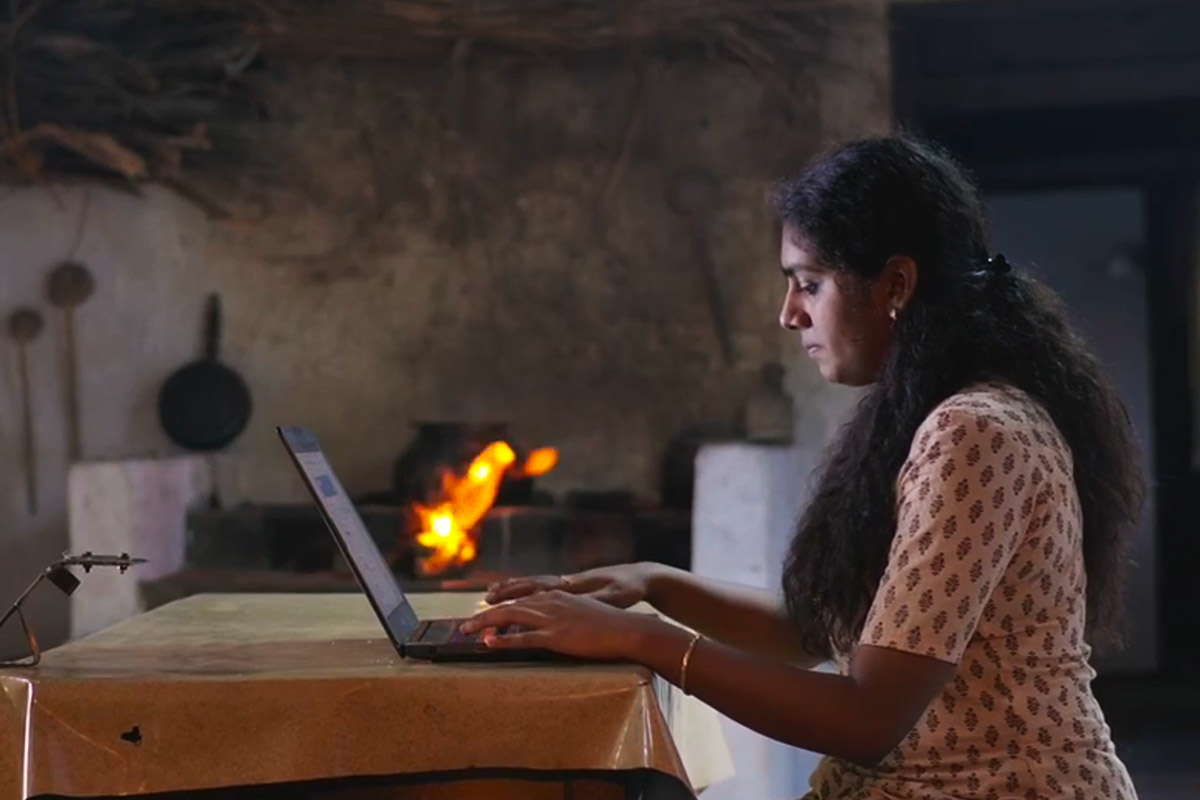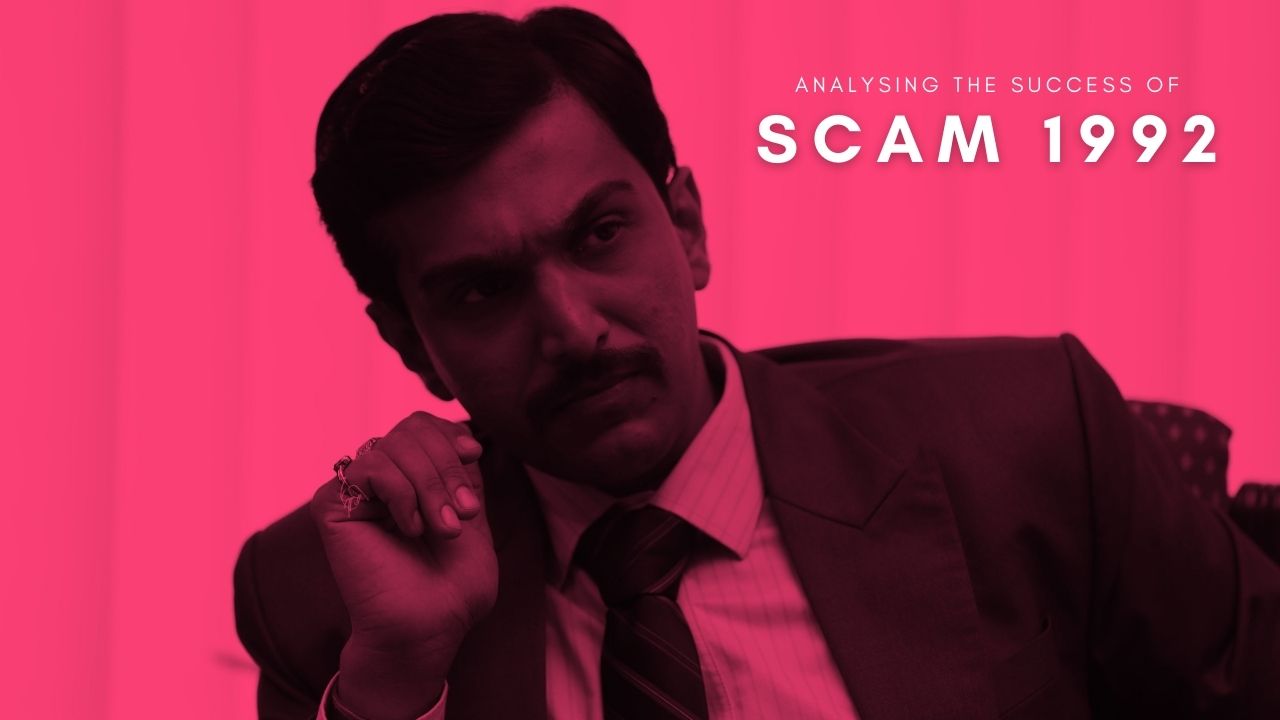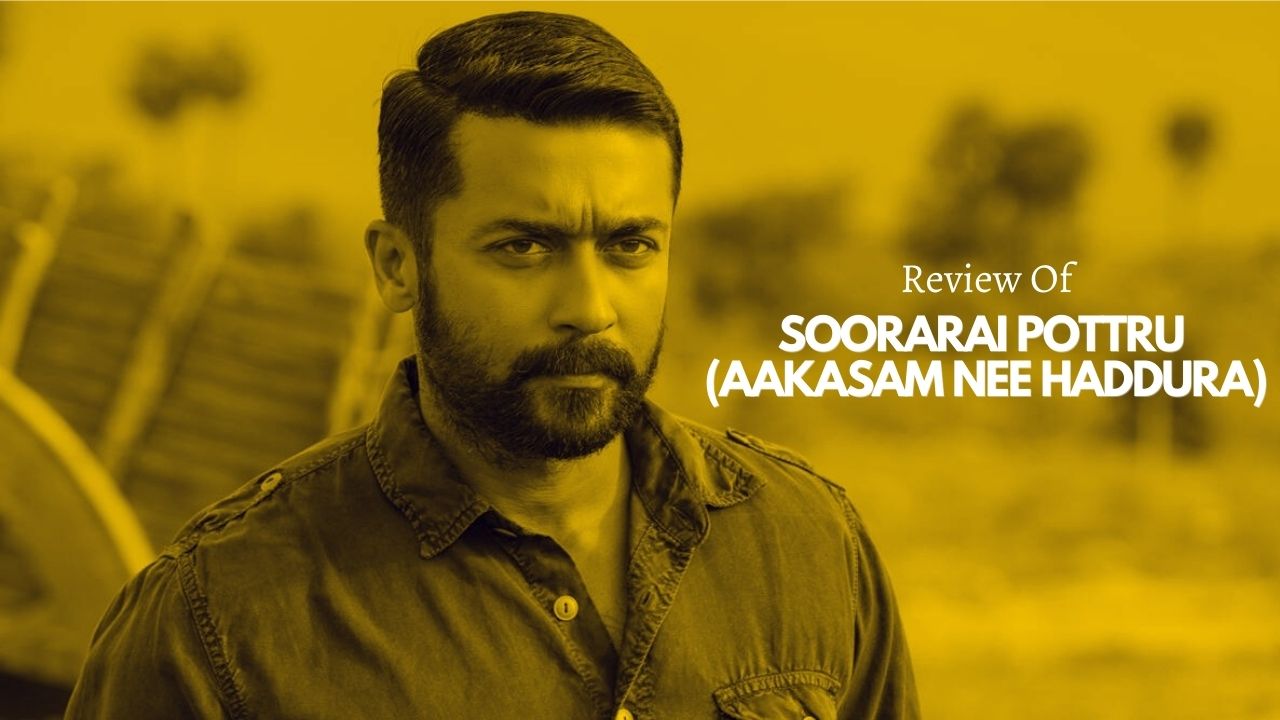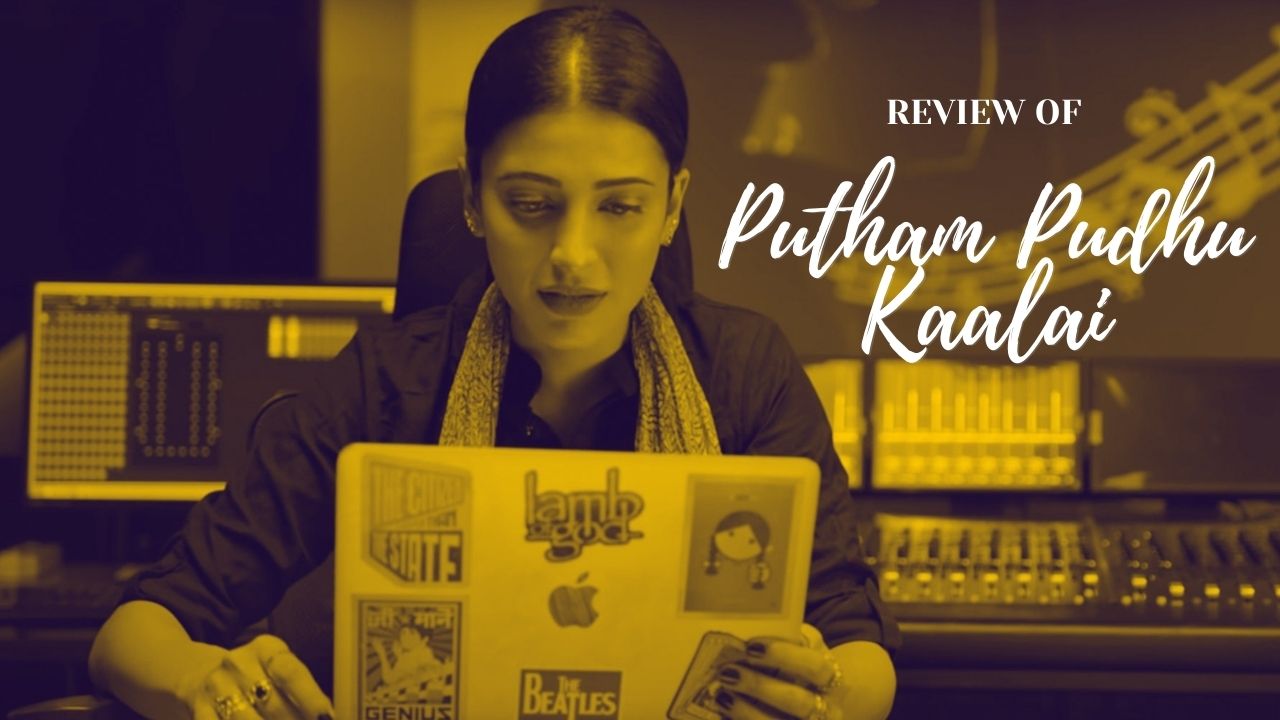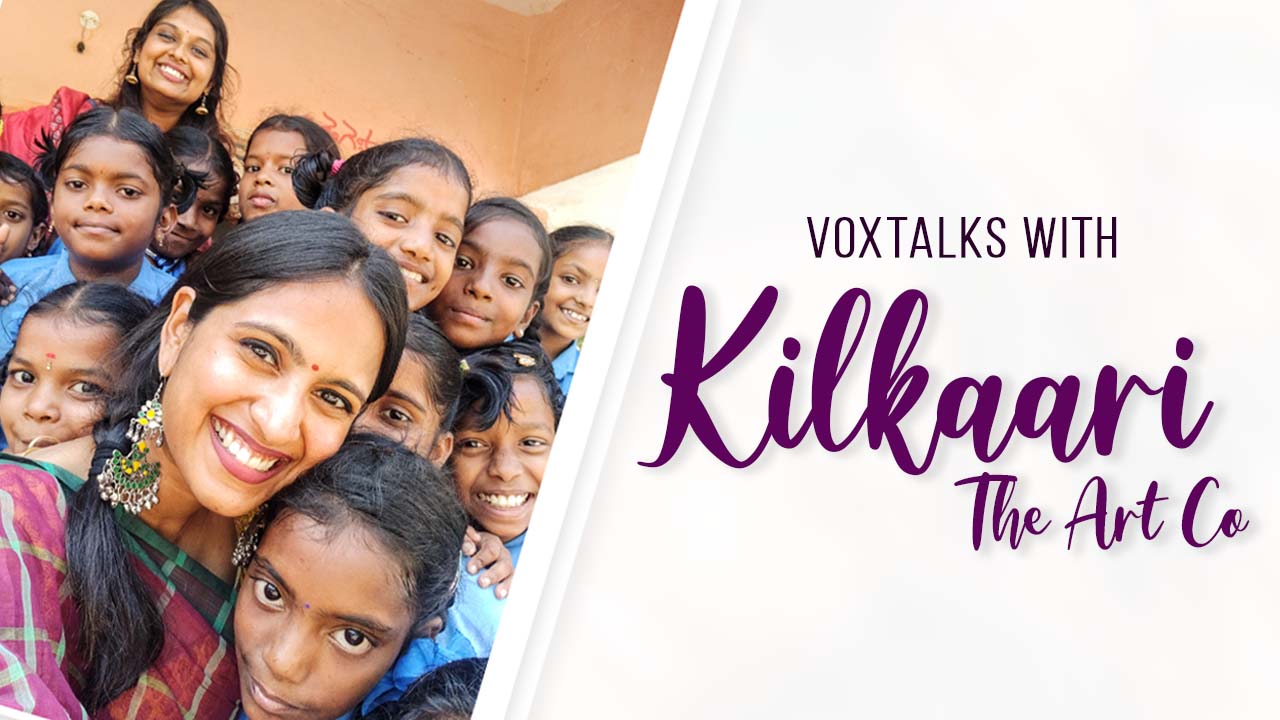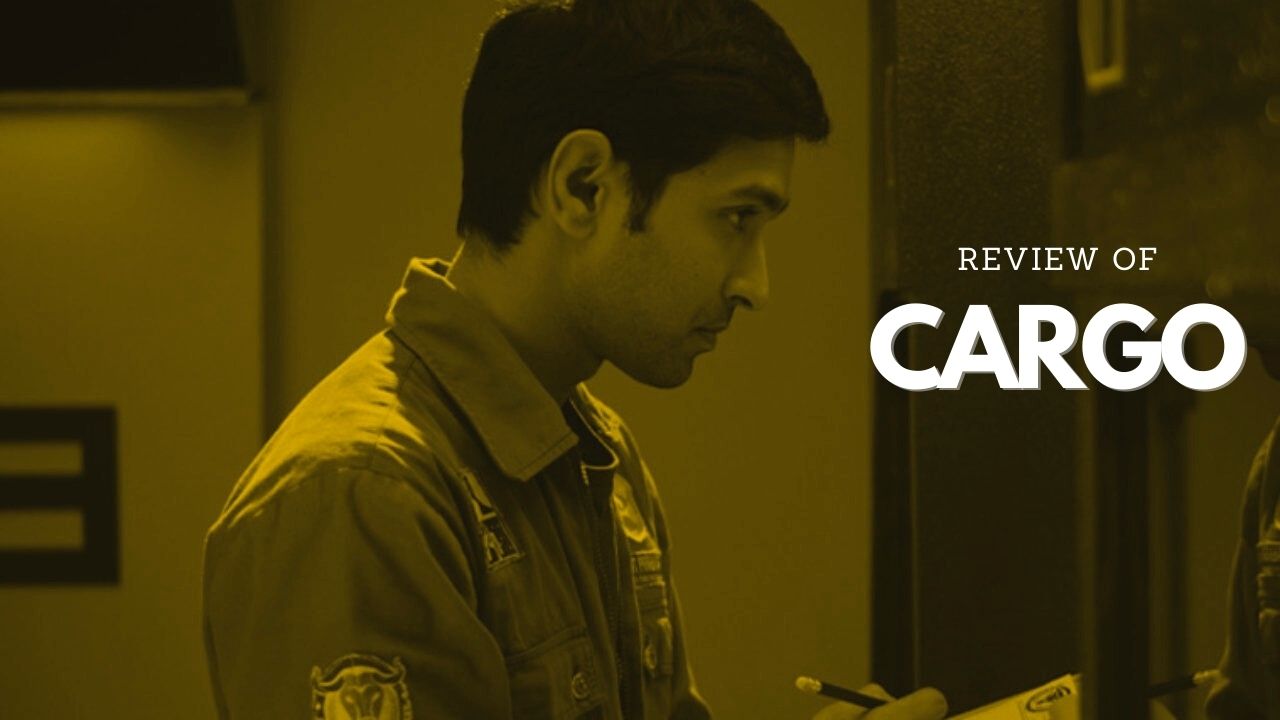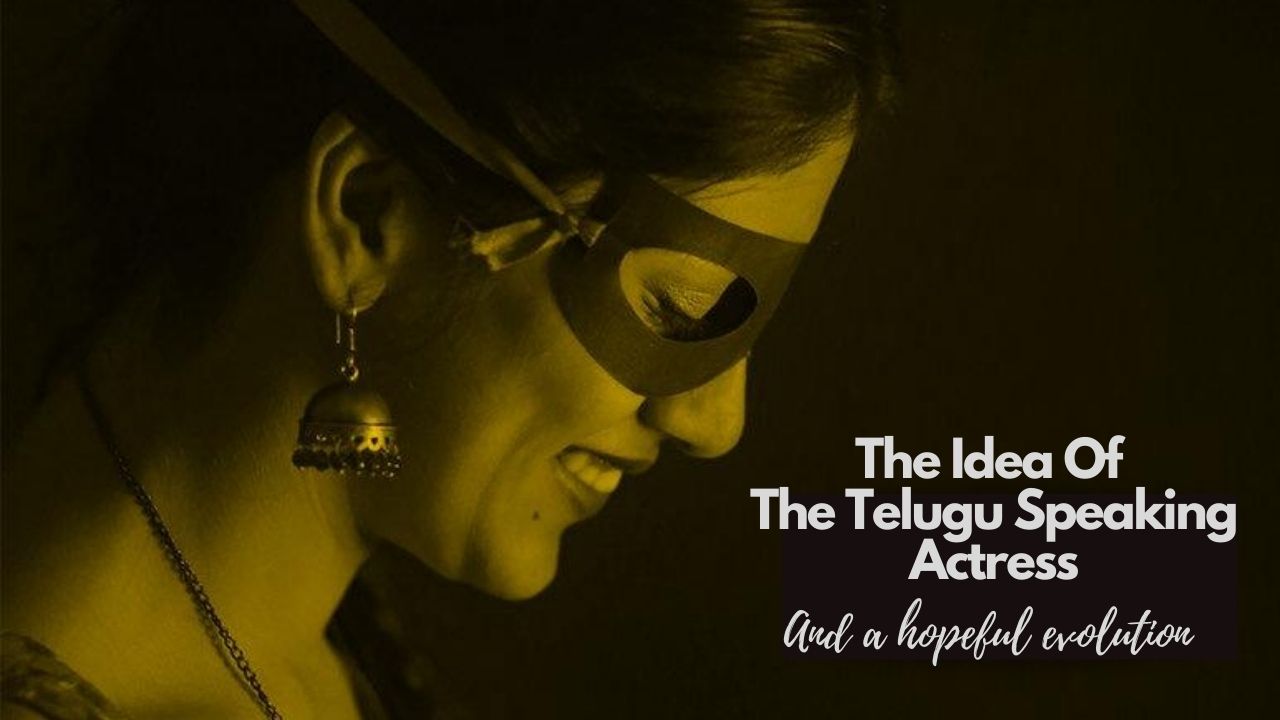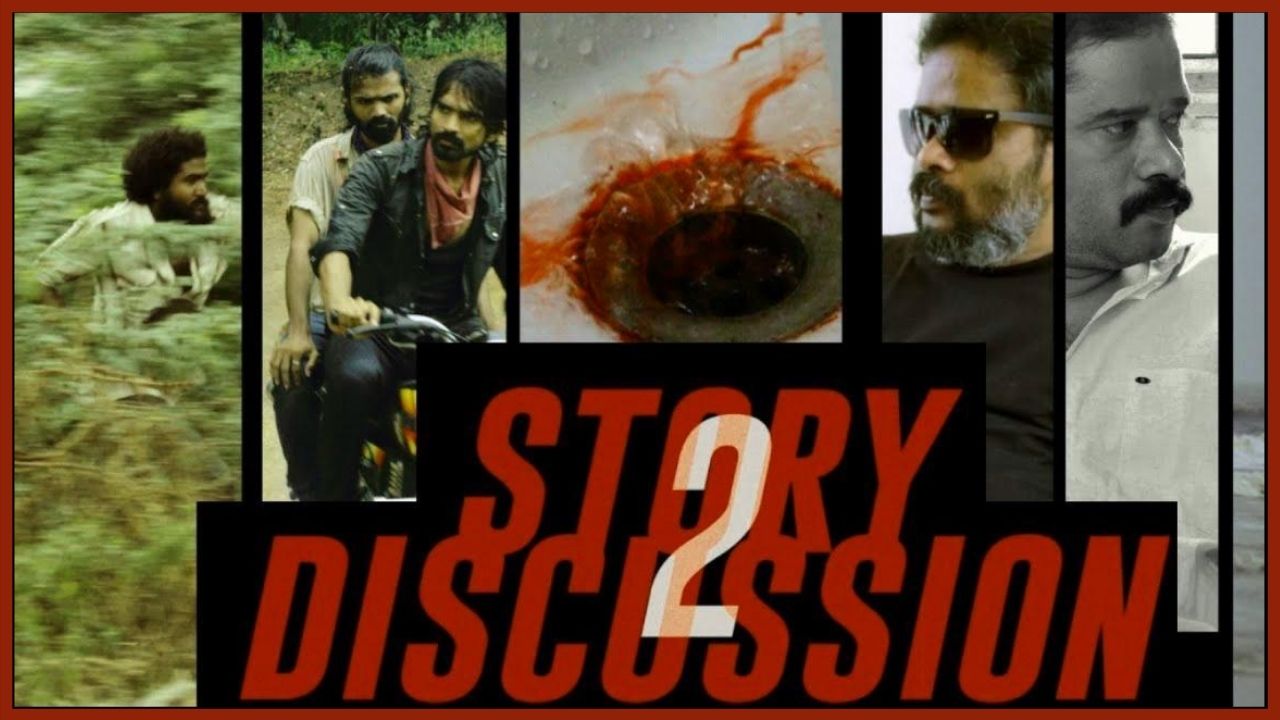
With The Same Old Depiction Of Fury And Vengeance Dipped In Demonic Violence, Ghoul Has Very Little To Offer
Mainstream Bollywood has always been strict about adhering to an archetypal character, around which the story would mushroom and breathe, whether everything else falls into place or not. A few decades ago the chilling angry young man in Hindi cinema made a mark, the very idea that cinema would provide the audiences with a chance to redeem themselves through these heroes was the driving force behind their success. Now decades later, as the fourth wave of feminism is already upon us and no sphere of public life is devoid of its hustle bustle, Bollywood has enthusiastically thrown its hat into the ring. We have at our disposal Mardaani, Veere di Wedding, and NH 10 doing the rounds. They have one thing in common between them, the archetypal angry young woman. Radhika Apte has lately joined the bandwagon, and Ghoul is perhaps the epitome of the portraiture.
Apte Emanates From Her The Language Of Horror And Turmoil
Hair parted and pulled neatly back into a tight bun, a frown perpetually fixed on her face, Apte has shunned any possible taint of a typical Bollywood female actress. She alone would keep you riveted, taking you into her mantle through this roller-coaster ride of horror and stale depravity. Ghoul, as it opens with a brief glimpse into the horror of sectarian violence, is further multiplied by the bleak surrounding and cruel timelessness that almost hover over it. Physical violence, psychological horror, episodic cruelty inflicted by the state, lifelike stories of popular folklores- everything is thrown into the cauldron to make Ghoul a convincing watch.
Radhika’s Nida is freakingly real, different from her previous avatars, a character invested with immense possibilities, rising above her religious and gender imposed restraints. As Ghoul progresses, it has evidently very little to do with djinns and sects. It spookily circles around Radhika, the story nurturing itself for a linear progression in the interrogation/detention centre, Meghdoot 31. Cliched and gaining momentum only in brief phases, Ghoul again becomes emblematic of a headstrong and powerful Nida- the victim and victor. You actually question halfway through the story, if they actually need some sort of divine intervention to put an end to this saga of esoteric dimension.
Horror As The Weapon Of Subjugation And More
Radhika, our Nida, who falls prey to her inner demons is no doubt placed here with a holier than thou mission and this somewhat cripples the uniqueness of its venture. Nevertheless, Nida Rahim stands out as the determined and valiant fighter, spearheading the team amidst ambiguities taking a willing suspension of disbelief. Albeit as a tradition, the audience would never shy away from embracing this character of a robust, well-trained woman in military uniform fighting with an indomitable will, you know not every cloud has a silver lining. Nida’s determination would nudge you to have faith in her, even during her last attempt to redeem herself, you have had enough to absorb!
The mise en scene allocates more than enough to let the audience fetishize and savour the ‘heroine’ who will kick and thwack and howl. Sonakshi Sinha and Anushka Sharma have already done it, remember? Initially, two characters, dwarfed and somewhat deprived of recognition, they later become the quintessential ‘saving grace’, providing the audience with an outlet to their frustration, helping them to rejoice in the triumphant glories of the women fighting alone against all odds.
Bollywood And Its Favourite Angry Woman
Radhika Apte, in Sacred Games, has already given us a glint of this valiant woman, questioning every ounce of power hurled towards her, viewing every obstacle as purely gender-based. Her feeling of exclusion is heightened, legitimized and exaggerated to “so should I just stick to the desk?” because her character is conceived and customized with the ardent desire of portraying the strong, independent, modern woman. There is nothing wrong with it and we do indeed need more of such women, both on and off screen. But, the problem arises when you are fixating on this character only to cater to what the majority of the audience wants to relish; what would make the applaud more discernable.
Akira, Noor, Mardaani or NH1O have already shaped it up before. What, however, has remained as virgin topics in mainstream Bollywood are caste based privileges of cis-females, women stumbling and falling repeatedly succumbing to the layers of violence well settled, something that needs as much as attention as casual tossing around of words like ‘male chauvinism’, and ‘mard ho kya?’ would receive. After all, not every woman fighting out there is a steroid boosted, gym trained fighter with a gun in hand and social leverage for a backbone to support her in precarious situations, nor are these any solution to the problems looming large. The other elements of female empowerment or at least a better projection of a strong female character have dwindled away somewhere in the distance, drifting aimlessly in the dark.
The New Feminist War Sheroes

It is amazing how Bollywood has the supernatural power or a strong craving for subversion, and once somebody is setting the niche there is no reason why others would not poke and pinch at it, even at the altar of imitation or apathy. Our Apte is the latest token or representation of this warrior character feared by the male counterparts, the undaunted combatant operating primarily amidst cliches and sexist undertones. It is appalling how feminism has been, time and again, cooked and served methodically to appeal to the taste buds of the masses. In this way, it serves delightfully to the erotic gaze, no please, not strictly to the male audiences alone.
